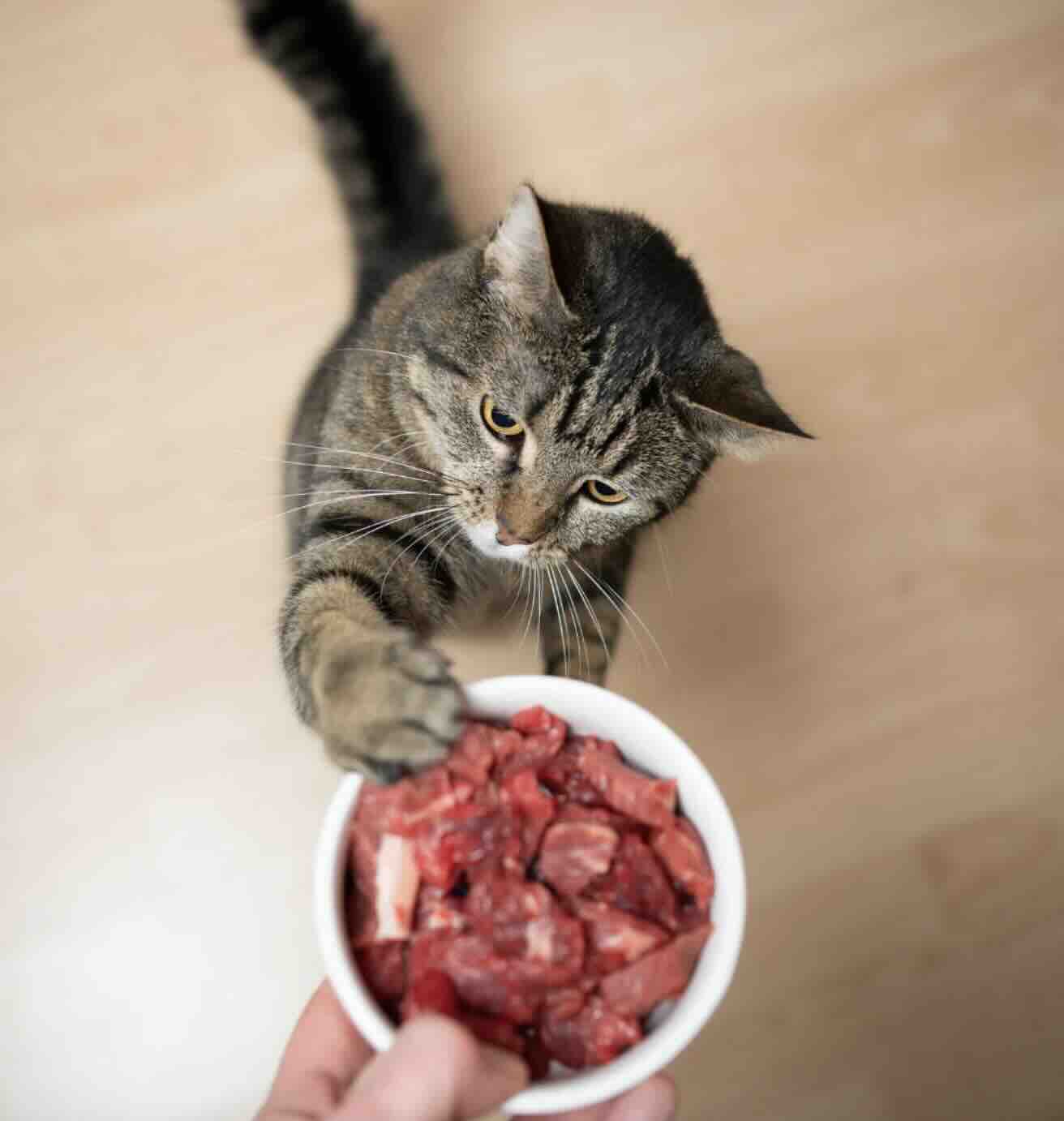Spring brings beautiful blooms and warmer weather, but it can also trigger a host of allergy-related issues for dogs, with itchy skin being one of the most common complaints. Seasonal allergies, often caused by pollen from grasses, trees, and weeds, can lead to discomfort and skin irritations in our furry friends.
Common Causes of Itchy Skin in Dogs During Spring:
- Pollen Allergies: Exposure to pollen from various plants.
- Dust Mites: Increased dust and allergens in homes.
- Flea Allergies: Flea bites can cause intense itching, especially if a dog is allergic.
- Mould Spores: Damp conditions can lead to mould growth, contributing to skin issues.
Symptoms:
- Excessive scratching or licking
- Red, inflamed skin
- Hair loss or hot spots
- Secondary infections
Treatment Options:
- Medicated Shampoos:
- Containing ingredients like oatmeal or aloe vera to soothe and cleanse the skin.
- Cytopoint:
- A monthly injection that neutralises specific proteins causing itching, providing fast relief.
- Apoquel:
- A daily tablet that inhibits itch and inflammation signals, offering rapid relief often within hours.
If your dog is experiencing itchy skin this spring, consult the friendly team at Pet Doctor to determine the best course of action. Early intervention can help alleviate discomfort and improve your pet’s quality of life.











